
●Introduction
●History
●Objects and Photos
●Teacher Resources
FRANÇAIS
 Canada and the First World War
RANÇAIS
Canada and the First World War
RANÇAIS
●
History
●Second Ypres
●Festubert
●St. Eloi
●Mount Sorrel
●The Somme
●Courcelette
●Vimy Ridge
●Hill 70
●Passchendaele
●Siberian Expeditionary Force
●The German Offensives of 1918
●Amiens
●Arras and Canal du Nord, 1918
●Mons
●Armies of Occupation
History
02
Battles and Fighting
Land Battles
Vimy Ridge
●
Bookmark this page
●
Print
●
Facebook
●
●
Courriel
The victory at Vimy was a defining event for Canada, considered by many contemporaries and later scholars to be a significant event in Canada’s progress to full independence from Britain.
The Strategic Importance of Vimy Ridge
The seven-kilometre long Vimy Ridge in northern France, near Arras, held a commanding view over the surrounding countryside. Previous unsuccessful French and British attacks had suffered over 150,000 casualties.
In early 1917, British High Command ordered the Canadian Corps to capture the position as part of a larger spring offensive in the Arras area. In the coming campaign, British forces to the south would have limited success, and the French would fail badly, with many of their units reduced to mutiny. The Canadian attack against Vimy Ridge would be spectacular by comparison.
A Planned Battle
Lieutenant-General Sir Julian Byng, the Canadian Corps commander, ordered new tactics for the coming assault. Having learned from the Battle of the Somme, intense training better prepared soldiers for what they might find on the battlefield, and helped them to make quick decisions on their own that were still in keeping with the overall plan. Small units and individual soldiers were given much more information about the battle, and were expected to exercise initiative in keeping the advance moving, even if their officers were killed or wounded.
A tremendous artillery barrage, which included improved techniques for counter-battery fire against enemy guns, would smash German positions and isolate enemy troops in their dugouts.
At 5:30 a.m. on 9 April 1917, Easter Monday, nearly 1,000 guns opened fire on the German positions. An estimated 15,000 Canadians rose from the trenches and advanced towards the ridge in the first wave, with thousands more behind them. Despite hard fighting all across the front, the Canadians captured most of the ridge on the 9th, and the remaining portions of it by the 12th.
Vimy Ridge as Symbol
Over four days of bloody fighting, the Canadians had overrun Vimy Ridge at the cost of more than 10,600 killed and wounded.
The battle has since become an important symbol for Canada, the place where Canadians from across the country delivered an unprecedented victory, all four divisions of the Canadian Corps fighting together for the first time in the war.
Keep exploring with these topics:
●Sir Julian Byng
●Vimy Memorial
●The Canadian Expeditionary Force
●
Previous
●
Next
Credits
Rights
Links
Disclaimer
Objects & Photos
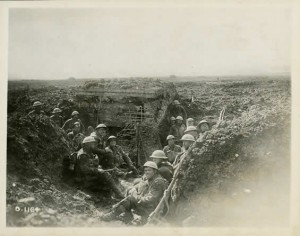
Vimy Fortifications
A German machine-gun emplacement of reinforced concrete on the crest of Vimy Ridge, and the Canadians who seized it.
A Cemetery on Vimy Ridge

The Crest of Vimy Ridge
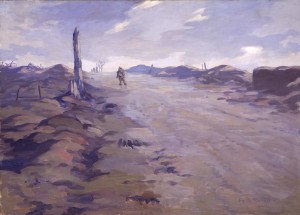
The Pimple, Evening

The Silent Toast

The Taking of Vimy Ridge, Easter Monday...
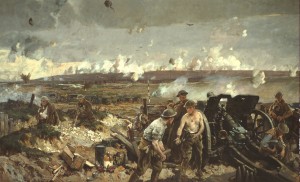
Acknowledgement of Sympathy Card

Artillery Support
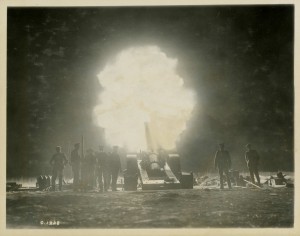
Beyond Vimy, the Douai Plain
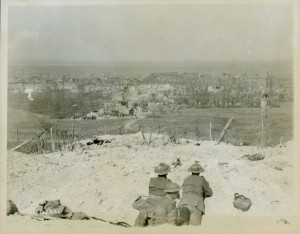
Canadians Advance
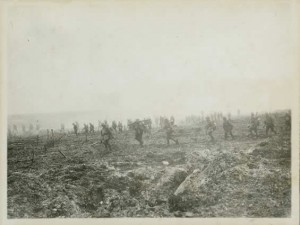
Chalk Crest
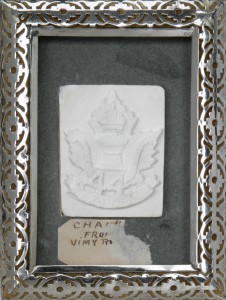
Combat Message, Vimy Ridge
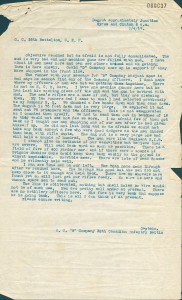
German Bayonet
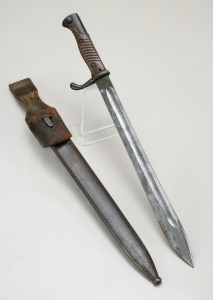
German Cigarette Case
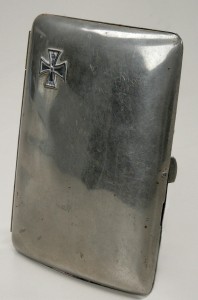
German Grave Marker
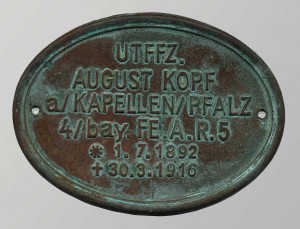
German Maxim 08 Machine-Gun

Letter of Condolence
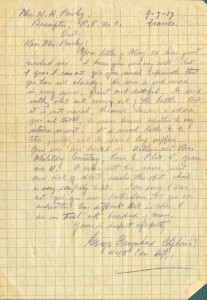
Map of Canadian Advance at Vimy
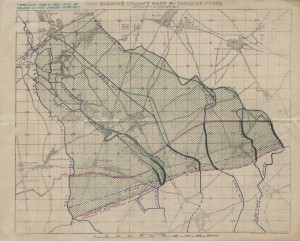
Pawley Grave Marker
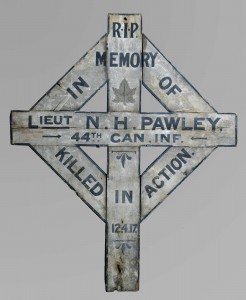
Prisoners of War
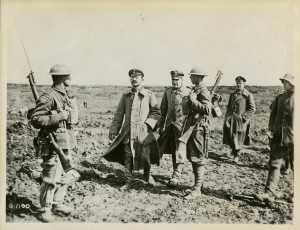
Removing Casualties
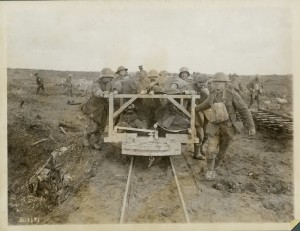
Shrapnel Fragment

Tank at Vimy
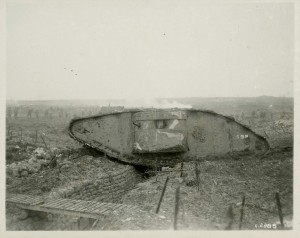
Vimy Ridge from the Air

Vimy Trench Map
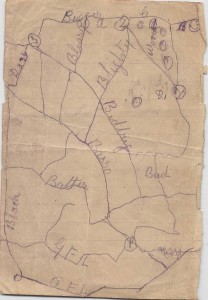
Vimy-Roclincourt Map
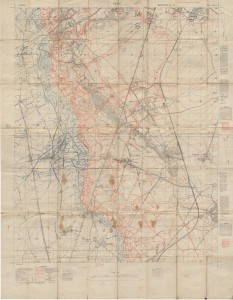
Your Country.
Your History.
Your Museum.
●Facebook
●
●Instagram
●YouTube

© Canadian War Museum
●Privacy Notice
●Copyright


 Canada and the First World War
Canada and the First World War

























 Your Country.
Your History.
Your Museum.
●Facebook
●Twitter
●Instagram
●YouTube
Your Country.
Your History.
Your Museum.
●Facebook
●Twitter
●Instagram
●YouTube